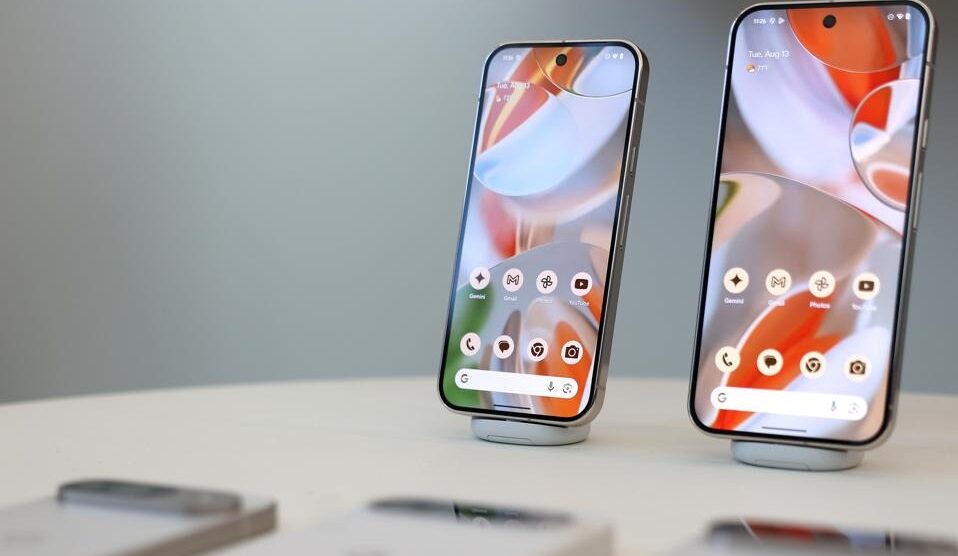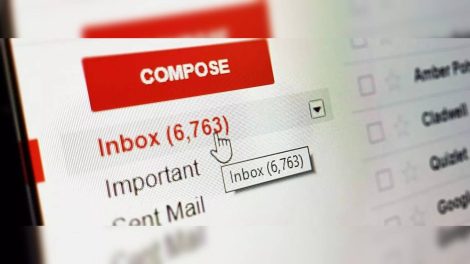You’re seeing Google prepare the release of Android 16, expected between May and June 2025. Yet as the developer previews roll out, you’re also noticing a concerning divergence: Google is selectively reserving features for newer Pixel models, leaving even recent flagships on the outside looking in. That means as an Android enthusiast or Pixel owner, you have to pay attention—not just for your update timeline, but for what your phone will actually be able to do once you install Android 16.

The upcoming Android 16 preview introduces a refreshed Material 3 Expressive design with updated notification shades, refined quick settings, streamlined lock screens and launchers, and a more compact “At a Glance” home widget. Live Updates is slated to deliver real‑time progress on food delivery, rideshare pickups, and navigation directly on your lock screen. Some of these features, like Adaptive Battery Health, Material 3 personalization, and enhanced system widgets, are already visible in beta builds. But Android Authority has pointed out that only the latest devices—specifically Pixel 9 series and Pixel 8a—will receive the new Battery Health menu, with even the Pixel 8 and 8 Pro excluded. That limits your ability to monitor battery longevity on otherwise capable hardware.
You might wonder why this fragmentation exists. The most logical answer is technical. Battery health metrics rely on precise electro‑chemical data and internal charge‑cycle visibility. Google may claim earlier Pixels lack hardware interfaces required by its new Battery Health tools. But many Android users argue those phones already report State of Health (SoH) and cycle counts via third‑party apps. That leaves you with the impression that blocking features is less about technical limits and more about tight linking between features and flagship hardware—especially as Google positions Pixel 9a and 9 series phones at the forefront of its offerings.
That has real implications for you if you’re trying to update your device. Even though Google expanded its update policy—promising seven years of OS and security support for devices from Pixel 8 onward—their feature rollout strategy suggests you’ll get updates in name, but not necessarily full functionality. Pixel Drops, a mechanism Google uses to bring Pixel‑only features, now file boundaries: new phone models get full access, older ones get only select bits of Android 16. So while your older Pixel may receive security patches and the Android 16 base, you might be locked out from top-tier perks.
Beyond battery features, Android 16 also introduces rejuvenated fluid visuals in Material 3 Expressive, a forced dark mode system, Live Updates, a dynamic At a Glance widget, and performance boosts. Google also slated AI improvements like Gemini expansion into Wear OS, Google TV, Android Auto, and even Android XR devices. These are platform-level improvements intended for all Pixel owners and third‑party OEMs. But when it comes to Pixel-specific niceties—like exclusive AI shortcuts, expanded screenshot integrations with Gemini, underwater photography tweaks—you might only get them if you’re on the newest models.
This approach contrasts sharply with Google’s extended update pools. While Pixel 9 and 8a carry seven-year support, Pixel 8 and 8 Pro fall into the same window, yet lack Battery Health. Pixel 7a, 7, and 6a get five years. In practice, extended OS tenure may come attached to a degraded experience as devices age, especially if Google knowingly withholds features based on hardware generation.
Your reaction to this may hinge on where you fall on the adoption timeline. If you bought a Pixel 9 or 9 Pro, you’ll enjoy full Android 16 perks, plus future ones. If you opted for Pixel 8 or 8 Pro last year, you might feel burned—locked out of key future features because of arbitrary hardware line rules. And if you’re even older, toggling between software builds with no differentiator becomes less enticing.
But you also need to examine the broader Android ecosystem. Google is subtly enforcing a hardware upgrade cycle. By stratifying Android feature support based on model, they push users toward buying newer phones earlier. That’s a trend Apple long followed, but it feels fresh to Android users invested in software longevity. Meanwhile, Samsung, Xiaomi, and other OEMs are extending Android support, but they mostly keep feature sets consistent across devices of the same generation.
If you rely on long-term feature access and don’t plan to replace your phone every couple of years, Google’s strategy may complicate your plans. You’ll have to decide whether extended OS updates matter if key features are withheld. Or wait and pick flagship gear later to ensure full support.
At the same time, Google’s intentions may be consumer-friendly at heart. Battery health monitoring is delicate; releasing a half‑baked feature with inaccurate readings could cause more harm than benefit. By limiting rollout to devices guaranteed to support it ‘well enough’, Google may ensure reliability. But without publishing clear eligibility criteria, updates roll out quietly, with only feature drop changelogs and user blogs shedding light.
You’re also expected to consider the value of Pixel Drops. These periodic updates bring enhancements to camera performance, emergency features, watch compatibility, screenshot productivity, and more. Historically, Pixel phones benefited significantly here—arguably more than many Android flagships. But now this advantage is eroding. If newer phones receive them first and older ones lose out, your return on investment decreases if you hold older hardware.
How should you respond? First, track your device’s update policy and figure out what features are likely to be important to you. If deep monitoring tools like Battery Health or Gemini screenshot integration matter, and you’re on Pixel 8 or 8 Pro, you’re in a grey zone. Second, consider whether to delay the update. Android GMS allows rollbacks for a short window; test features briefly before committing. Third, weigh whether it’s time for an upgrade. If Google sets year‑one priority on newer models, waiting until Pixel 10 or 11 will give full access for a longer period before feature gating kicks in.
From Google’s perspective, this phased rollout simplifies QA, funnels user feedback to recent hardware, and creates marketing momentum for new models. Yet it may also create consumer friction—especially since promised support longevity now comes with qualifiers not widely advertised.
Your takeaway as a reader and Pixel owner is to stay aware. Watch the Google I/O keynote in May for announcements, check developer previews for feature lists tied to your phone, and read user comments on Reddit and Android forums. Some have already highlighted missing features. One Reddit user noted: “Android’s long‑awaited Battery Health menu has arrived in Android 16 Beta 3, but only for the Pixel 9 series and the Pixel 8a. Older Pixels, including Pixel 8 and Pixel 8 Pro, will not receive this feature”. That succinctly frames the tension. The gatekeeping is real—and your model matters.
As Android 16 finalizes and the stable rollout begins, you’ll want to test your device and document what’s available. Whether you embrace the upgrade or hold off, this is a watershed moment for Pixel owners. Google’s promises of seven-year updates may remain, but software equality across your supported device lifespan is no longer a given. This evolution is solidifying Google’s hardware-first feature roadmap, putting your upgrade schedule firmly on the front burner.
So as Android 16 nears, monitor your Pixel closely. Install the first stable build when released, watch for missing menus or features, and share your findings. Your device may remain updated in name, but whether it stays current in capability is for you to discover and decide—and that marks a significant shift in what long‑term Android ownership now looks like.










Add Comment